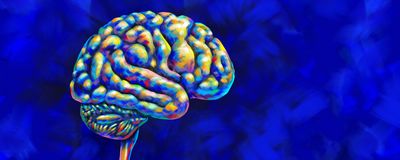optogenetics

Fine Tuning Muscle Control with Light
Claudia Lopez-Lloreda, PhD | Jul 31, 2024 | 3 min read
By leveraging optogenetic stimulation for more precise muscle activation, scientists hope to advance neuroprosthetic technology.
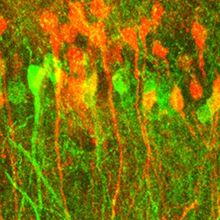
The Making of a Memory
Danielle Gerhard, PhD | Jul 1, 2024 | 2 min read
Sheena Josselyn discussed how she uses optogenetic tools to bias, express, and erase memories in mice.
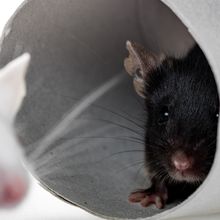
Mapping the Neural Circuit of Social Avoidance
Mariella Bodemeier Loayza Careaga, PhD | Apr 25, 2024 | 4 min read
Oxytocin released in a region of the hypothalamus helps mice remember who to avoid.
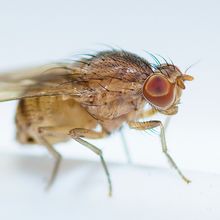
Two Neuron Populations Prolong Aggression
Holly Barker, PhD | Mar 4, 2024 | 4 min read
Scientists are a step closer to uncovering the neural changes that underlie sustained mental states.
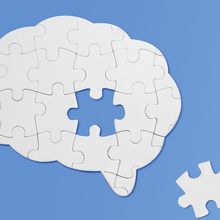
Forget Something? You’re Supposed To Do That
Shelby Bradford, PhD | Jan 22, 2024 | 3 min read
Forgetting things appears to be a productive process and not a passive loss of information.
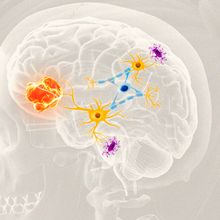
Hijacking Neurons’ Adaptive Abilities
Shelby Bradford, PhD | Jan 3, 2024 | 3 min read
Brain tumors use the brain’s plasticity to promote their own growth.

Emerging from Silence: Capturing the First Heartbeat
Danielle Gerhard, PhD | Sep 27, 2023 | 5 min read
In the developing zebrafish, a noisy and asynchronous activity jumpstarts the heart’s journey to coordinated beating.
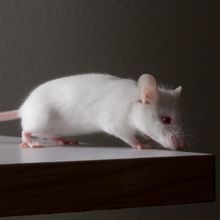
The Heart Can Directly Influence Our Emotions
Natalia Mesa, PhD | Mar 1, 2023 | 4 min read
Researchers find that an increased heart rate can induce anxiety in mice, given the right context.
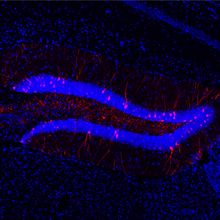
Asthma Drug Helps Mice Retrieve Memories “Lost” to Sleep Deprivation
Zunnash Khan | Jan 24, 2023 | 4 min read
A study finds roflumilast can reverse sleep deprivation–induced amnesia in mice, hinting at pathways to treating memory loss in people.
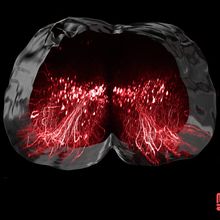
Scientists Identify Neurons Needed to Walk After Paralysis
Amanda Heidt | Nov 10, 2022 | 3 min read
Nine people with spinal injuries walked again after electrical stimulation, allowing researchers to pinpoint neurons likely underlying their recovery.

Steve Ramirez Reshapes Memories in the Brains of Mice
Dan Robitzski | Nov 1, 2022 | 3 min read
The Boston University neuroscientist wants to take the edge off traumatic memories by manipulating how they’re processed in the brain.
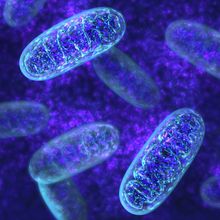
Worms Live Longer with Mitochondria Powered by Light: Preprint
Alejandra Manjarrez, PhD | May 24, 2022 | 4 min read
Increasing mitochondrial activity in worms by engineering a light-activated proton pump into the organelle’s membrane extends the animals’ lifespan without evidence of health decline, according to a preprint.

The Scientist Speaks - Finding that Sweet Spot: Understanding Gut Perception One Cell at a Time
Iris Kulbatski, PhD | Apr 29, 2022 | 1 min read
Maya Kaelberer discusses her research investigating how sensory cells in the gut guide feeding behavior.
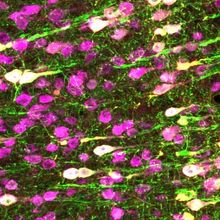
Researchers Use Ultrasound to Control Neurons in Mice
Natalia Mesa, PhD | Feb 9, 2022 | 4 min read
A study shows “sonogenetics” could be a useful new tool in neuroscience and other fields.

How the Gut Differentiates Artificial Sweeteners from Sugars
Chloe Tenn | Jan 21, 2022 | 5 min read
Signals from sweeteners and sugars are relayed from the gut to the brain by different neural pathways, a new study concludes.
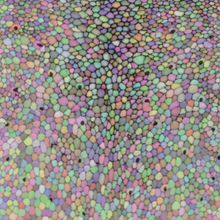
Epithelial Cell Signaling Helps Maintain Tissue Integrity
Annie Melchor | Nov 1, 2021 | 2 min read
Using a transgenic fruit fly model, researchers demonstrate how epithelial barriers are maintained in living organisms despite high levels of cell turnover and death.
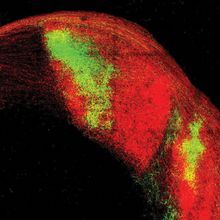
Neurons Simplify Visual Signals by Responding to Only One Retina
Anne N. Connor | Oct 1, 2021 | 2 min read
Mice have neurons that connect to both eyes but only propagate the signal from one or the other, simplifying the information sent to the cerebral cortex.
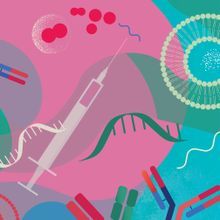
Optogenetics and mRNA Vaccines Net Lasker Awards
Annie Melchor | Sep 24, 2021 | 2 min read
This year’s winners are Dieter Oesterhelt, Peter Hegemann, Karl Deisseroth, Drew Weissman, Katalin Karikó, and David Baltimore.
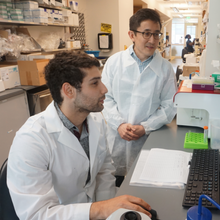
Heating Up CAR T Cells for Cancer Therapy
Roni Dengler, PhD | Sep 10, 2021 | 2 min read
Heated gold nanoparticles unleash the therapeutic activity of engineered CAR T cells.
